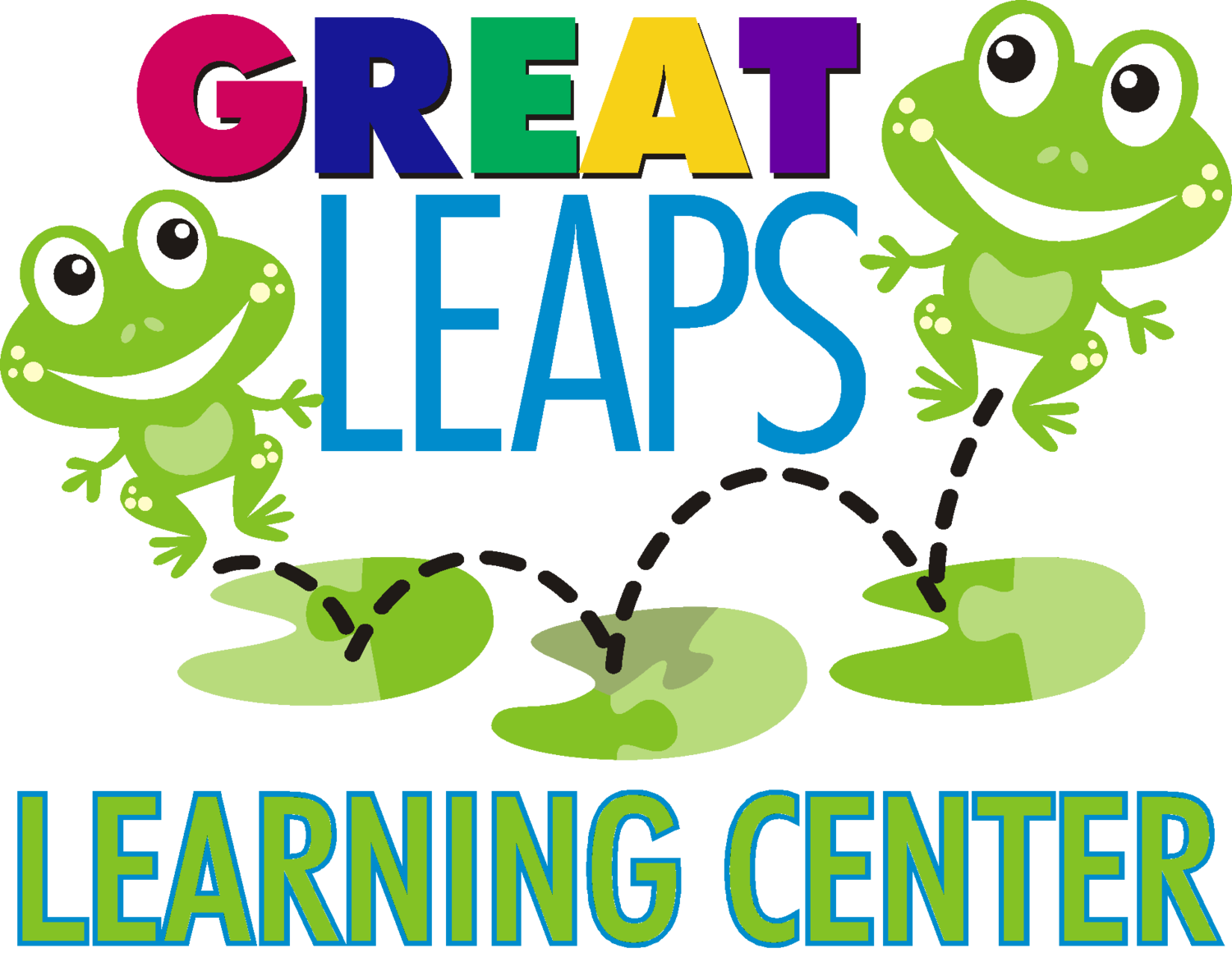Quality Indicators of ABA
/Over 400 peer reviewed research studies have demonstrated that many children with autism and developmental disabilities show dramatic and long lasting improvements in communication, language, and social skills after receiving early intensive behaviorally based instruction. No other form of treatment for autism or other developmental disabilities has the amount or quality of scientific evidence attesting to its effectiveness as does early intensive behavioral interventions (Heward, 2009).
So what does intensive behavioral intervention look like? The procedures will be derived from applied behavior analysis (ABA). “ABA is a scientific approach to designing, conducting, and evaluating skill instruction” (Heward, 2005). However, it is not accurate to conclude that there is one single “ABA Approach”. In fact, if someone says that they do “ABA” it is a good indication that he or she is not a qualified person to supervise a therapist working with your child. Although ABA offers a collection of methods that have been experimentally verified, it does not prescribe any particular instructional method.
The quality indicators of ABA and early intensive behavior interventions include:
• Supervision by a Board Certified Behavior Analysts (BCBA) who has experience
• Behavior(s) prioritized and targeted for improvement by their importance to the child
• Procedures derived from published research
• Procedures delivered consistently across practitioners
• Direct and frequent measurement of the behavior(s) of interest
• Data based decision making (usually involves graphing performance)
• Procedures produce meaningful improvement in behavior
Intensive behavioral intervention and therapy is not a miracle cure or panacea. In truth, it is mostly hard work. However, when implemented correctly ABA can produce important, life-changing results. Great leaps in development are made by small improvements every day.

